Himalayan pink salt has become a kitchen favorite, appearing in everything from fancy salt grinders to spa treatments. This rosy-hued crystal isn’t just pretty to look at – it has a fascinating story behind it. Many people sprinkle it on their food without knowing its ancient origins or unique properties that set it apart from regular table salt.
1. Ancient Sea Crystals
Those pink crystals in your salt grinder are actually over 250 million years old! Formed during the Jurassic era when ancient seabeds dried up, this salt predates dinosaurs and has remained untouched by modern pollution.
The pristine nature of these ancient deposits means they’ve been preserved in a remarkably pure state. Underground salt deposits were formed when primordial oceans evaporated, leaving behind concentrated mineral beds that were eventually covered by lava and earth.
Over millennia, tectonic pressure transformed these deposits into the crystalline salt we now mine. This prehistoric origin story is why some enthusiasts believe Himalayan salt contains the original essence of Earth’s primeval oceans.
2. Pakistan’s Hidden Treasure
Despite its name suggesting Himalayan origins, authentic pink salt comes exclusively from the Khewra Salt Mine in Pakistan’s Punjab region. This massive underground labyrinth is the second-largest salt mine in the world, stretching over 700 feet deep and spanning roughly 110 square miles.
British officials discovered the mine in 1809 when Alexander Burnes noticed horses licking the salty rocks. Today, miners still use traditional methods alongside modern techniques to extract this mineral treasure.
The mine has become a tourist attraction with illuminated chambers, salt bridges, and even a small mosque constructed entirely from salt blocks. Visitors can tour portions of this spectacular underground salt city while learning about its 2,000+ year mining history.
3. Rainbow of Mineral Hues
The signature blush color that makes this salt famous isn’t uniform – it actually ranges from pale pink to deep reddish-brown depending on its mineral concentration. Iron oxide (essentially rust) creates the rosy tint, while other minerals contribute subtle variations.
A single block of Himalayan salt can display several color gradients, making each piece visually unique. Lighter pink crystals generally contain less iron, while deeper red pieces have higher concentrations.
Salt miners select specific color grades for different purposes. Lighter varieties are preferred for culinary use, while deeper colored crystals are often chosen for decorative lamps and spa products. This natural color spectrum is one reason why no two Himalayan salt products look exactly alike.
4. Mineral Motherlode
Your ordinary table salt is primarily sodium chloride, but Himalayan pink salt boasts an impressive 84 additional trace minerals. These include potassium, magnesium, calcium, and iron – elements our bodies need for various functions.
This mineral diversity explains why some chefs claim it has a more complex flavor profile than regular salt. The additional minerals contribute subtle taste notes that can enhance food in ways refined salt cannot.
While these minerals appear in small amounts, they’re the same ones found in our bodies and ancient oceans. Health enthusiasts suggest this mineral composition makes pink salt more biocompatible with our systems than highly processed alternatives, though scientific evidence for significant health benefits remains limited.
5. Minimal Processing
Unlike the bleached, additive-filled table salt most people use, Himalayan pink salt undergoes remarkably little processing. After mining, workers simply wash it, sometimes hand-crush it, and package it – no chemical treatments or anti-caking agents needed.
This minimal intervention preserves both the mineral content and the natural crystalline structure. Conventional table salt, by contrast, is typically stripped of minerals, bleached, and mixed with chemicals like sodium ferrocyanide to prevent clumping.
The absence of additives makes Himalayan salt particularly appealing to those seeking more natural food options. Its unrefined nature means it dissolves differently in cooking and has a distinct texture when used as a finishing salt – many chefs appreciate this rustic quality.
6. Salt Block Cooking
Large slabs of Himalayan salt have revolutionized cooking as heat-resistant cooking surfaces. These blocks can be heated to over 400°F or chilled below freezing, making them versatile for both hot and cold food preparation.
When cooking on a heated salt block, meats and vegetables absorb subtle mineral flavors while getting perfectly seared. The salt’s crystalline structure conducts heat evenly, eliminating hot spots that plague traditional pans.
Cold applications are equally impressive – serve sushi, chocolate, or cheese on a chilled salt plate and watch as they take on a delicate salinity. These blocks are naturally antimicrobial and can last for years with proper care, though they gradually wear down with use, becoming thinner as microscopic amounts of salt transfer to your food.
7. Halotherapy
Salt caves lined with tons of Himalayan pink salt have become wellness destinations for people seeking respiratory relief. These man-made microenvironments attempt to recreate salt mines where European miners historically showed fewer respiratory problems than the general population.
During sessions, fine salt particles circulate in the air, potentially helping to clear airways and reduce inflammation. The negative ions supposedly released by the salt are credited with improving mood and energy levels, though scientific evidence remains preliminary.
Beyond breathing benefits, these caves create a unique sensory experience. The soft pink glow, gentle ambient sounds, and completely salt-covered surfaces provide an otherworldly atmosphere. Many visitors report feeling deeply relaxed after spending time in these mineral-rich environments, regardless of whether measurable health improvements occur.
8. Salt Lamps
Those glowing pink lamps that have become fixtures in many homes aren’t just decorative – they’re hollowed-out salt chunks containing light bulbs. Believers claim these lamps purify air by releasing negative ions when heated, though scientific evidence for this remains scarce.
Authentic lamps come directly from Khewra Mine salt blocks, hand-carved into various shapes. When illuminated, the salt’s crystalline structure creates a warm, amber glow many find soothing for sleep and relaxation.
One practical benefit: the hygroscopic nature of salt means these lamps attract moisture from the air. This property can help reduce humidity in damp spaces, though it also means lamps may “weep” in very humid environments. Regardless of their purported health benefits, many owners simply appreciate their unique aesthetic and gentle light.
9. Sole Water
Many holistic health enthusiasts start their day with a curious ritual: drinking “sole water” (pronounced so-lay) – a saturated solution of Himalayan salt in water. The practice involves dissolving pink salt in water until it can’t absorb anymore, then adding a teaspoon to morning water.
Proponents claim this mineral-rich drink helps hydration by providing electrolytes and supporting adrenal function. The theory suggests that the 84 trace minerals become ionized in water, making them more bioavailable than consuming salt with food.
While scientific validation is limited, many users report improved energy and digestion. The practice has ancient roots in various cultures that valued mineral waters for health. Modern adherents appreciate that it’s a simple way to potentially access minerals missing from many processed foods.
10. Salt Myths
Despite enthusiastic marketing claims, Himalayan pink salt isn’t nutritionally superior enough to justify its premium price. The trace minerals exist in such tiny amounts that you’d need to consume dangerous quantities of salt to get meaningful nutritional benefits from them.
Claims about “detoxifying” properties and dramatic health transformations lack scientific backing. The sodium content remains nearly identical to regular salt – about 98% sodium chloride – meaning it affects blood pressure similarly to table salt.
That said, its natural sourcing and lack of additives do offer legitimate advantages for those seeking less processed foods. The real value may lie in its culinary properties – many chefs prefer its texture and subtle flavor nuances. While not a miracle cure, it remains a high-quality, natural salt option when used in appropriate amounts.
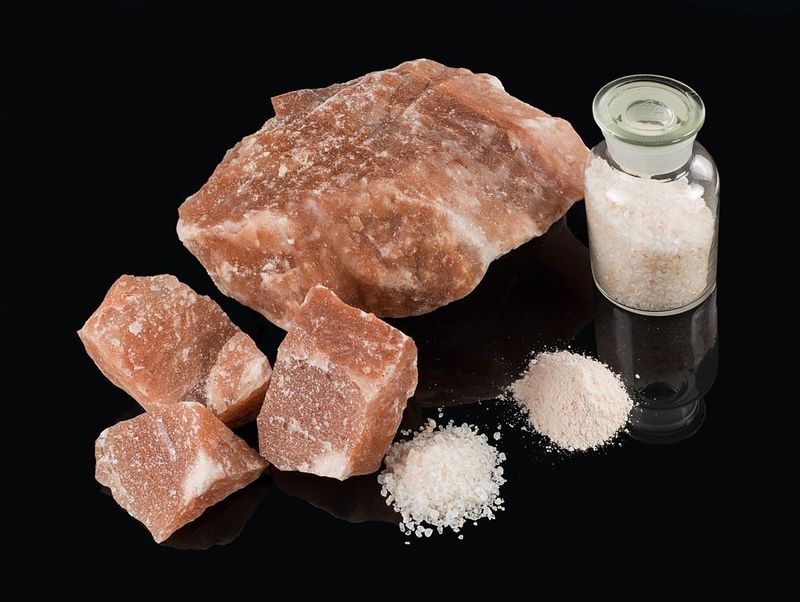
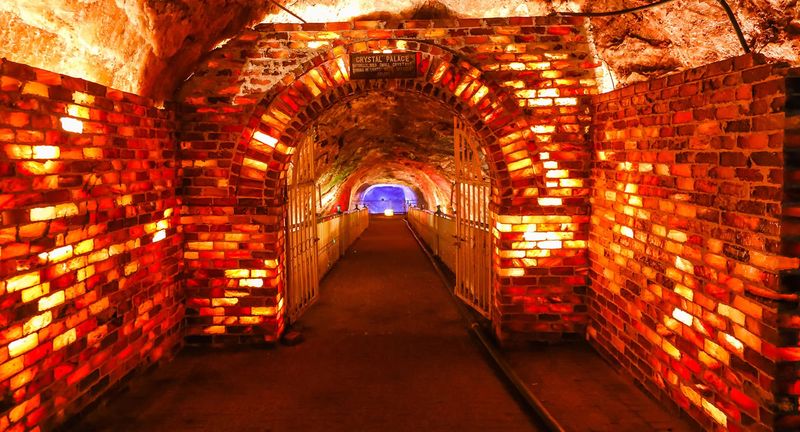

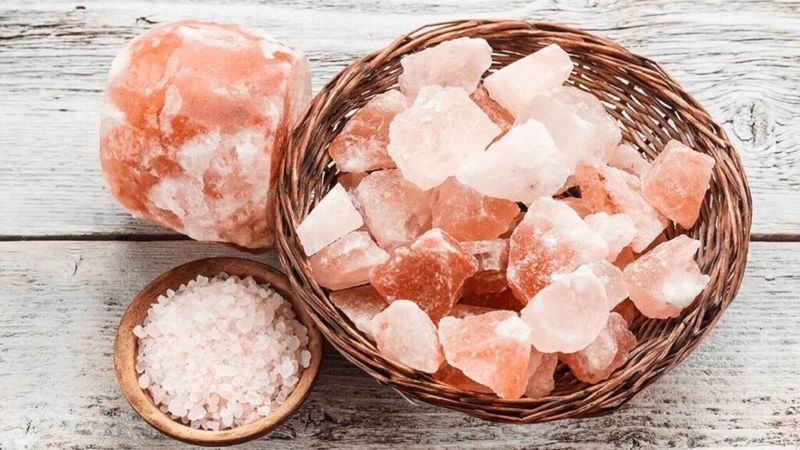
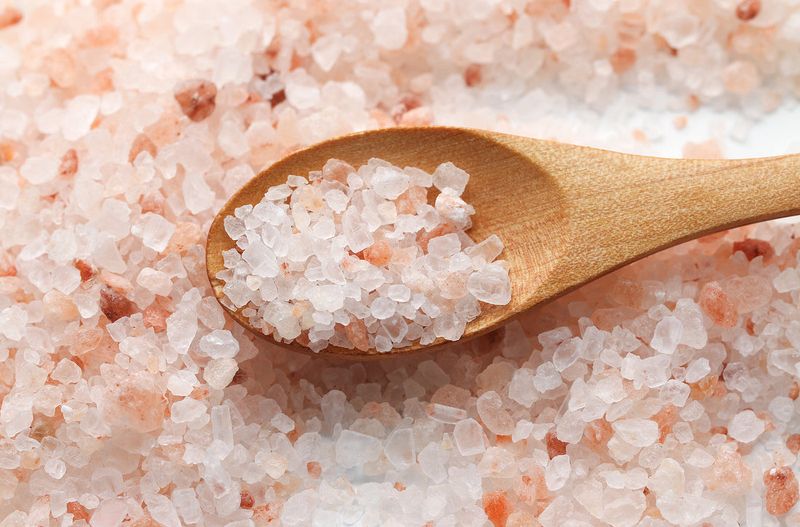
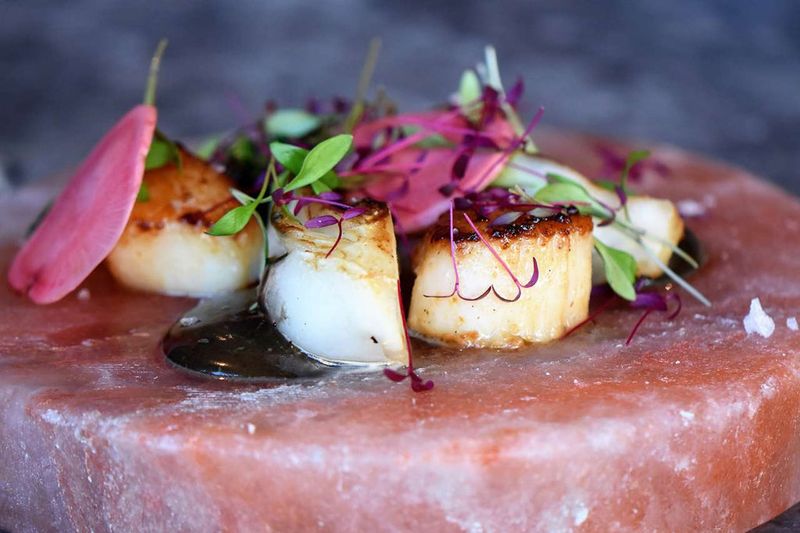
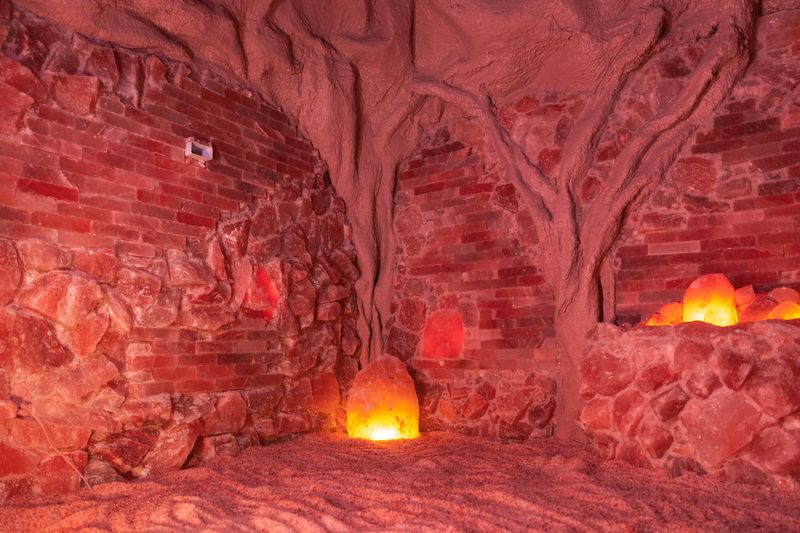
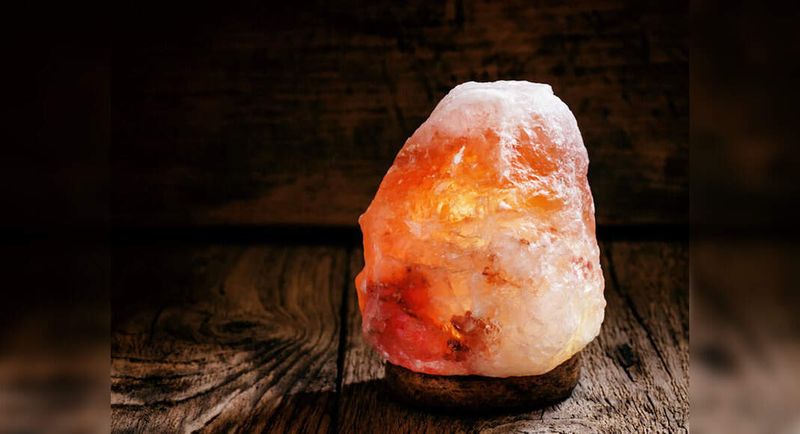
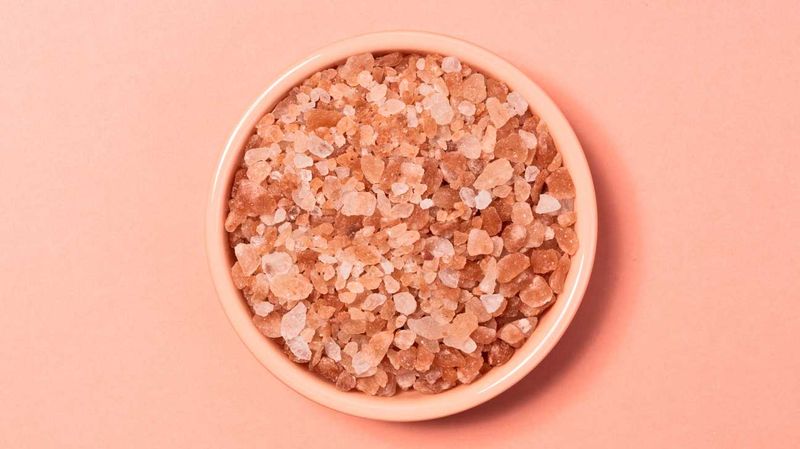
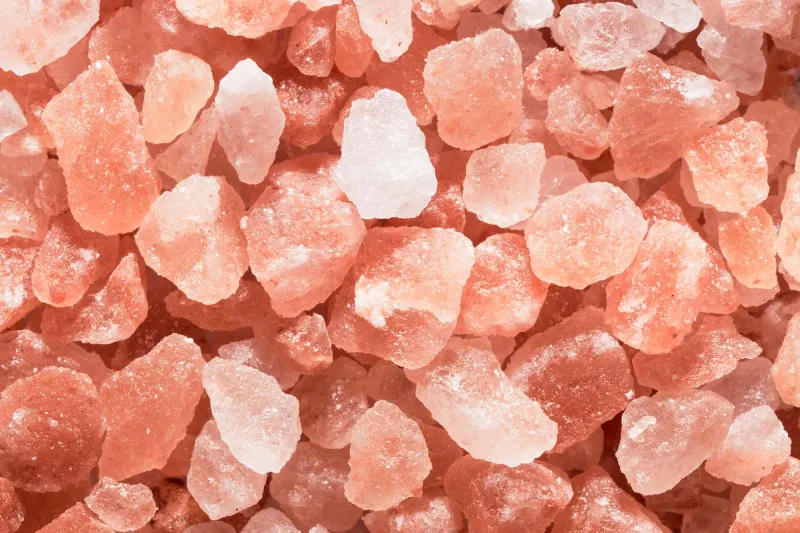
Leave a comment